Compound A is a D-aldopentose that on oxidation with dilute NHO3 give optically active aldaric acid B. On Kiliani-Fisher chain extension shown below. A is converted into C and D-glucose
A(An aldopentose)HCN−−−−−→H2OH3/Pd−−−−−−→BaSO4C+D−Glucose
Answer the following three questions based on the above information.
Which of the following is not true regarding C and D-glucose ?
A
Both will form same osazone on treatment with excess of phenyl hydrazone
B
Both are reducing sugar
C
Both will form same aldaric acid on treatment will dilute HNO3
D
They are diastereomers.
Text Solution
The correct Answer is:C
|
Topper's Solved these Questions
- BIOMOLECULES AND CHEMISTRY IN DAILY LIFEBOOK - IIT-JEE PREVIOUS YEAR (CHEMISTRY)CHAPTER - BIOMOLECULES AND CHEMISTRY IN DAILY LIFEEXERCISE - Chapter Test
9 Videos
- BENZENE AND ALKYL BENZENEBOOK - IIT-JEE PREVIOUS YEAR (CHEMISTRY)CHAPTER - BENZENE AND ALKYL BENZENEEXERCISE - JEE Main And Advanced
56 Videos
- CARBOXYLIC ACID AND THEIR DERIVATIVESBOOK - IIT-JEE PREVIOUS YEAR (CHEMISTRY)CHAPTER - CARBOXYLIC ACID AND THEIR DERIVATIVESEXERCISE - CHAPTER TEST
3 Videos
Similar Questions
Knowledge Check
Compound A is a D-aldopentose that on oxidation with dilute NHO3 give optically active aldaric acid B. On Kiliani-Fisher chain extension shown below. A is converted into C and D-glucose
A(An aldopentose)HCN−−−−−→H2OH3/Pd−−−−−−→BaSO4C+D−Glucose
Answer the following three questions based on the above information.
Which of the following represents the alpha (α) anomer of C ?A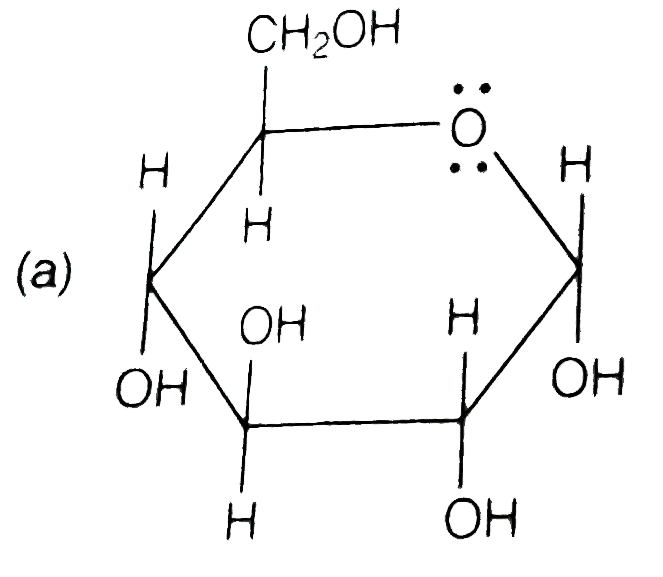 B
B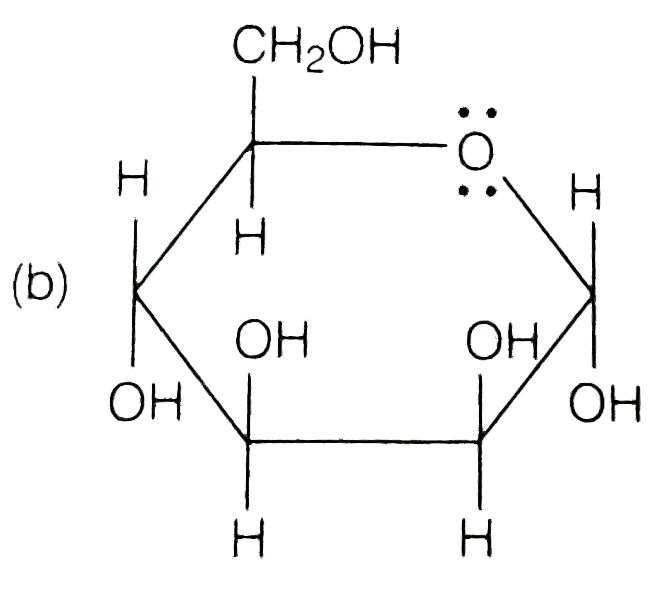 C
C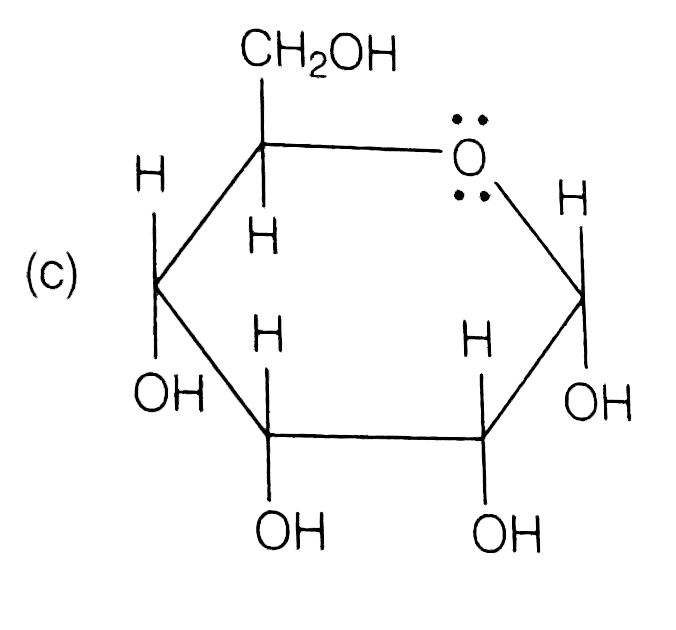 D
D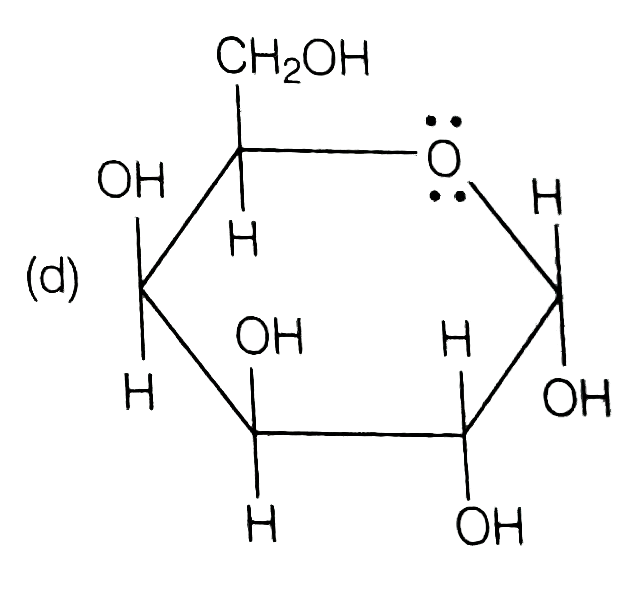
Compound A is a D-aldopentose that on oxidation with dilute NHO3 give optically active aldaric acid B. On Kiliani-Fisher chain extension shown below. A is converted into C and D-glucose
A(An aldopentose)HCN−−−−−→H2OH3/Pd−−−−−−→BaSO4C+D−Glucose
Answer the following three questions based on the above information.
Which of the following on oxidatiobn with dilute HNO3 will produce an enantiomer of B ?A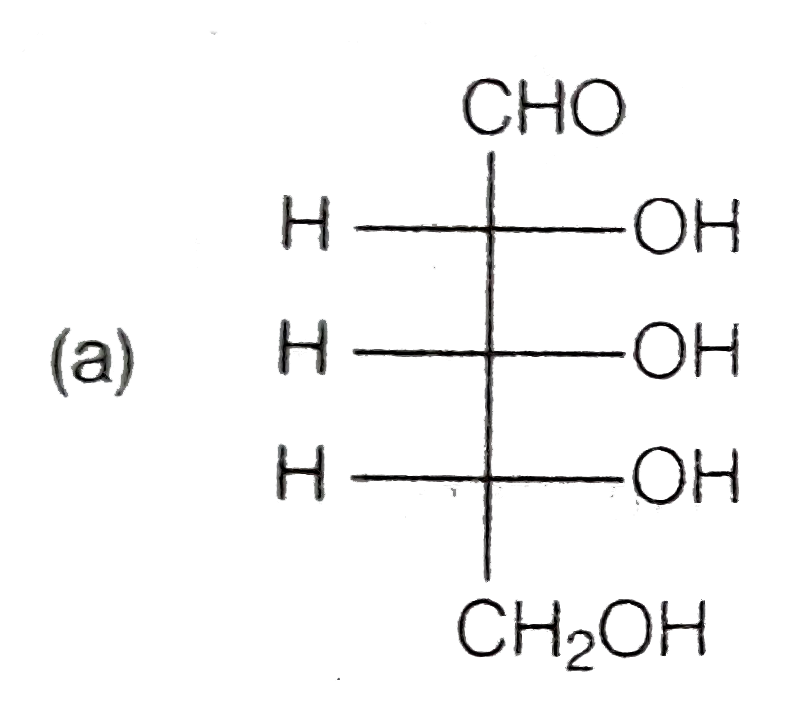 B
B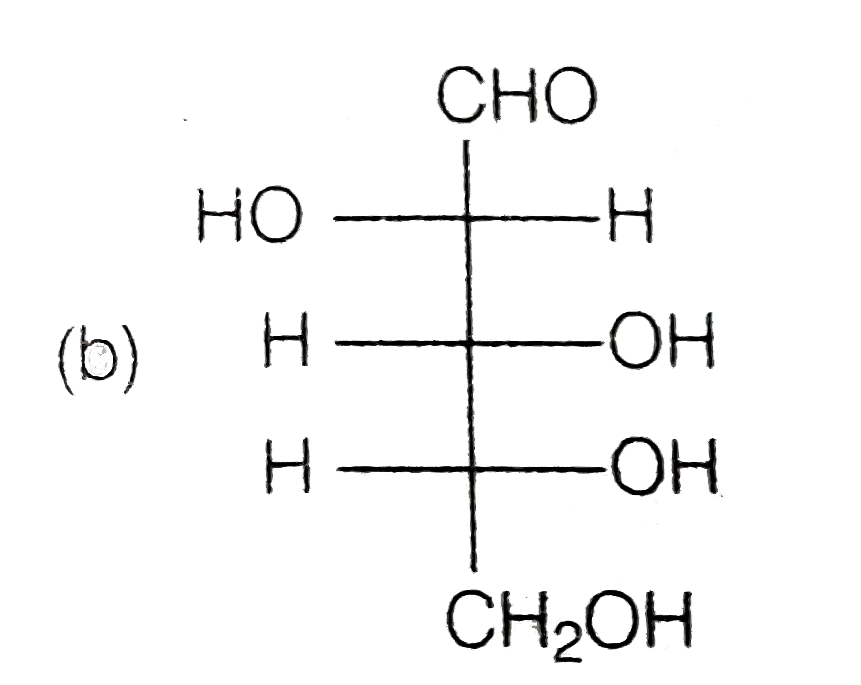 C
C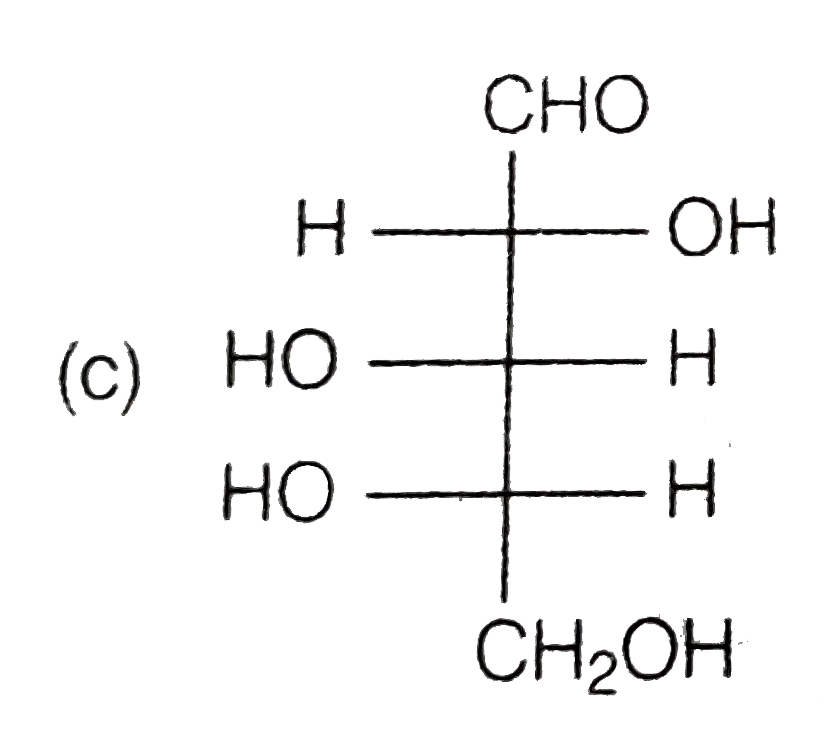 D
D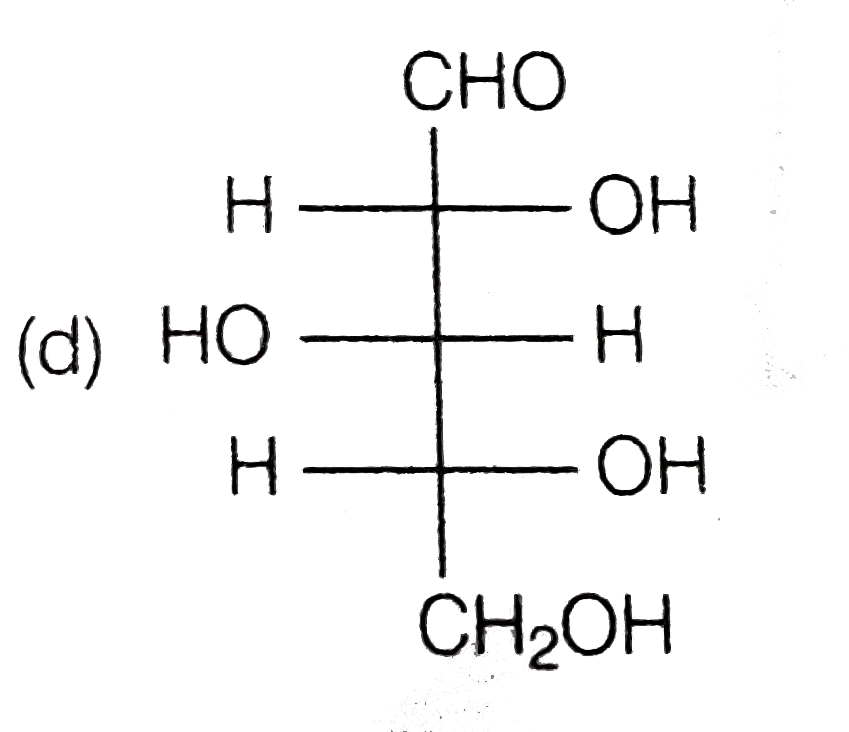
CH3−C≡C−CH3H2−−−−−−→Pd−BaSO4
(A) Br2−−→CCl4(B)AMesoBRacemic mixtureCDiastereomersDAll
ANH2OH−−−−→BH2SO4−−−→C260−270∘C−−−−−−−−−→H2OD
If 'D' is a polymer nylon–6 then 'A' can be :
View SolutionD-Glucose NHO3−−−→Δ(A), Product (A) is :
View SolutionAHCN−−→BHCl−−−−−→H2OCH3−CH3∣C∣CH3−H∣C∣COOHOH
Which of the following is 'A' in the above series of reactions ?
View SolutionCH3−C≡C−CH3H2−−−−−−→Pd−BaSO4(A)D2−−→Ni(B)
Product (B) of above reaction is
View SolutionA Pci5−−→BPd/BaSO4−−−−−→cConc.H2SO4−−−−−−−−−→0∘C D in the above reaction A, B, C & D are :
View Solution
